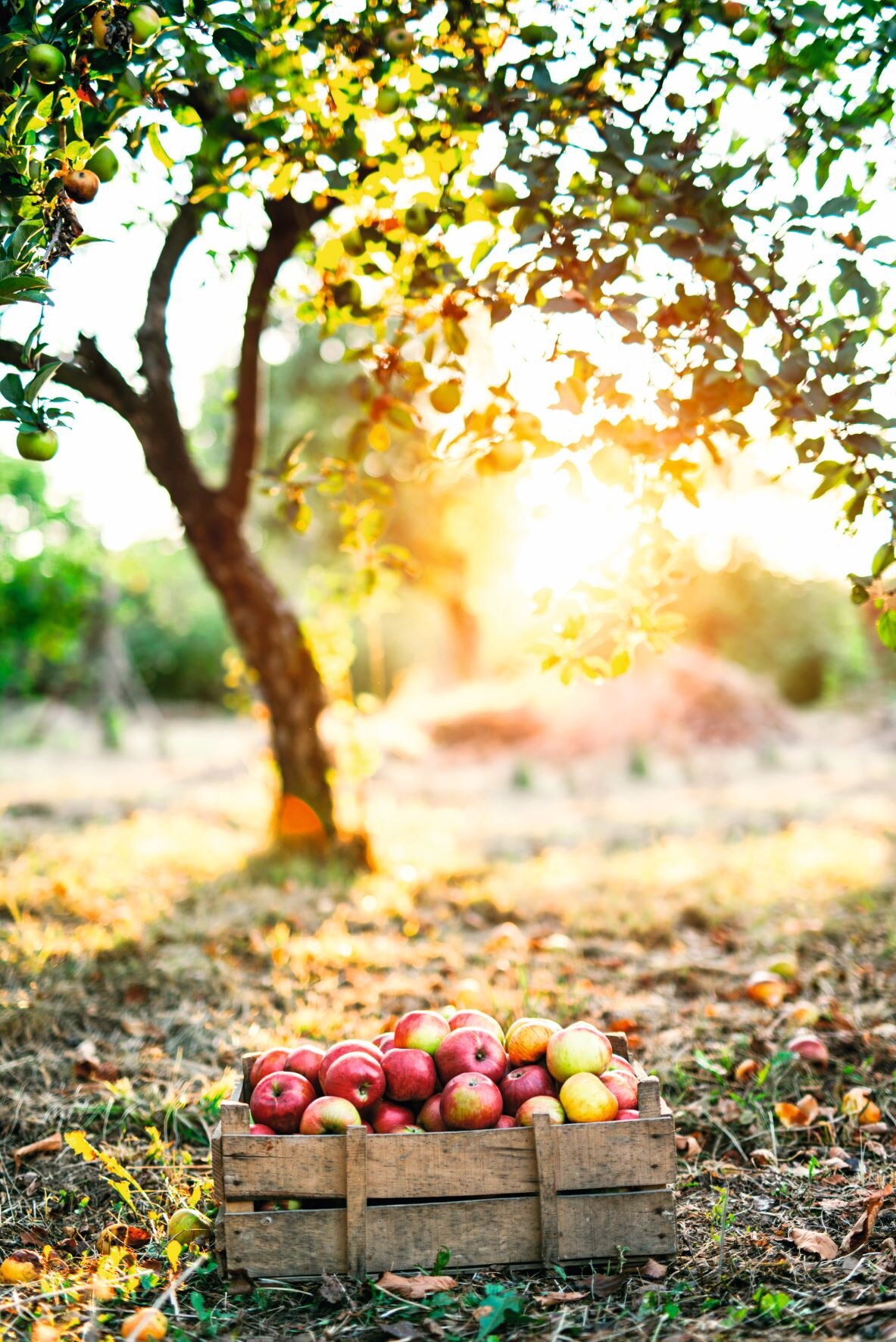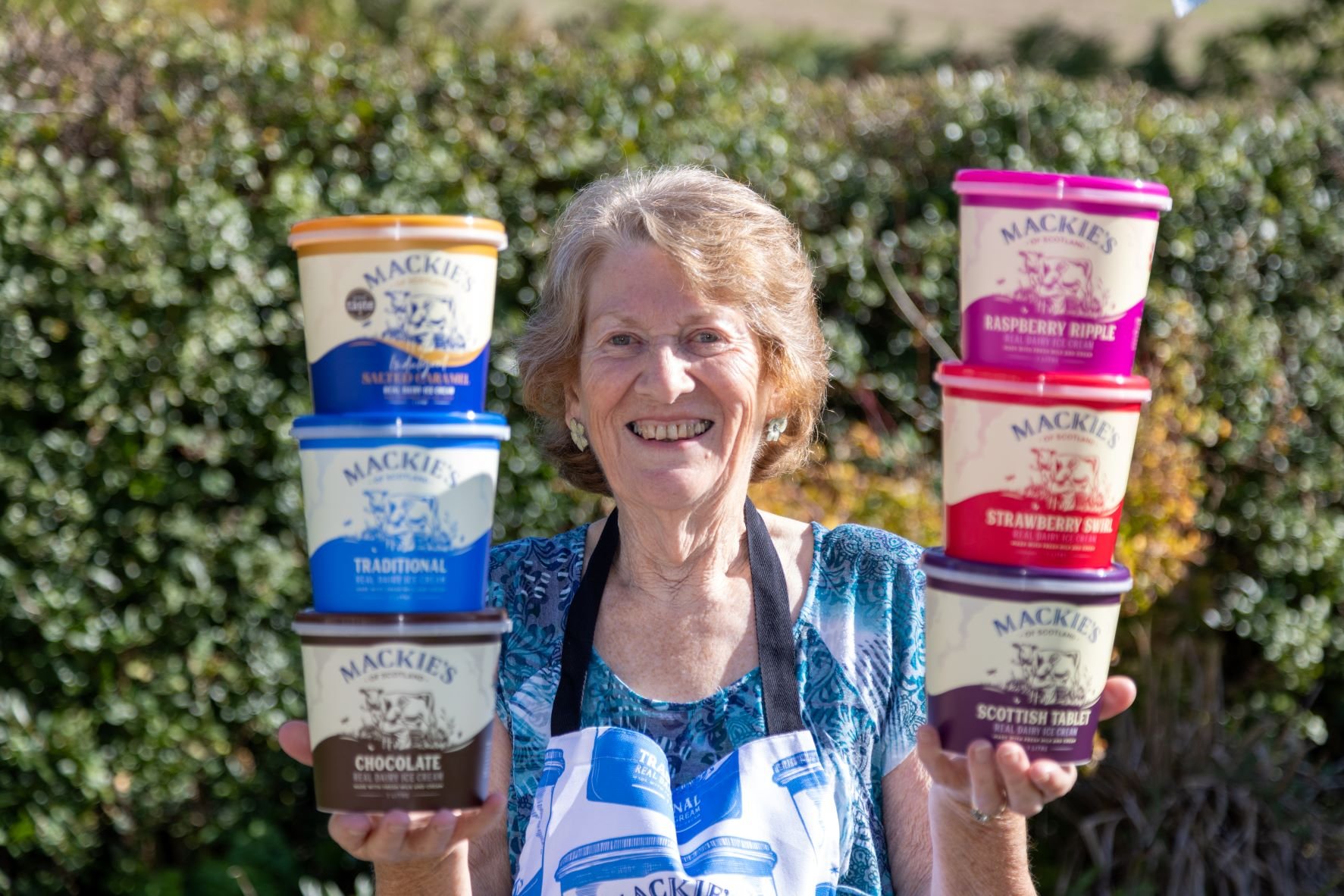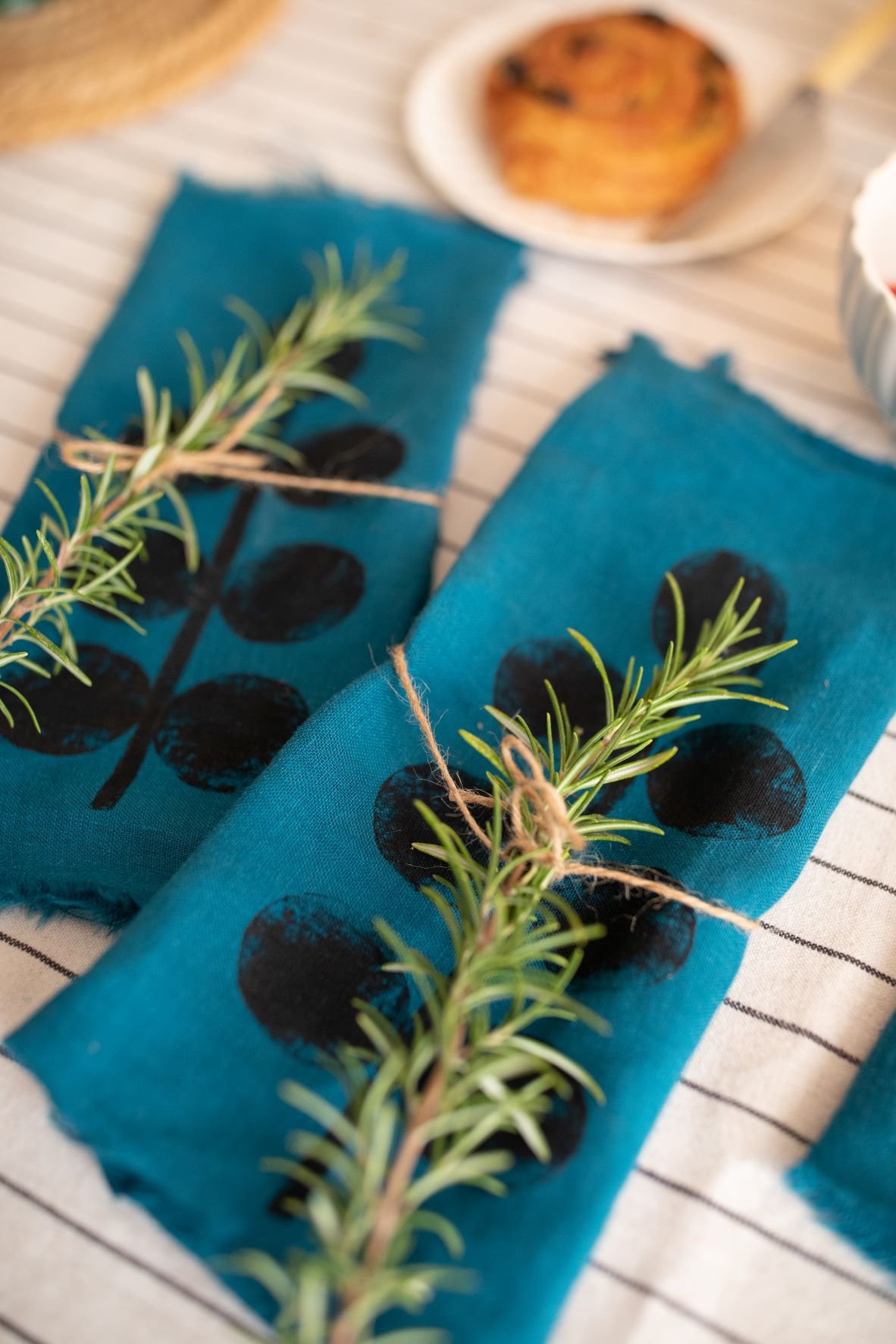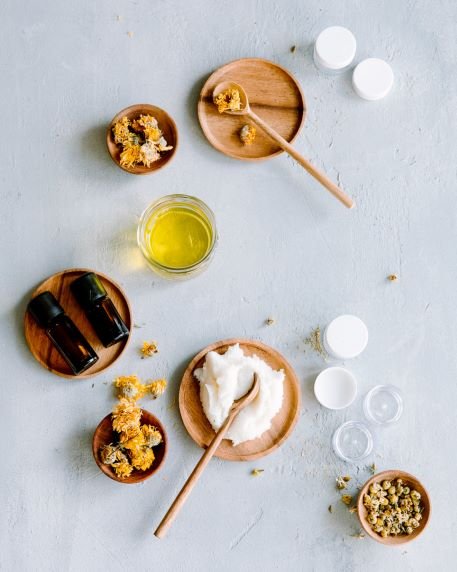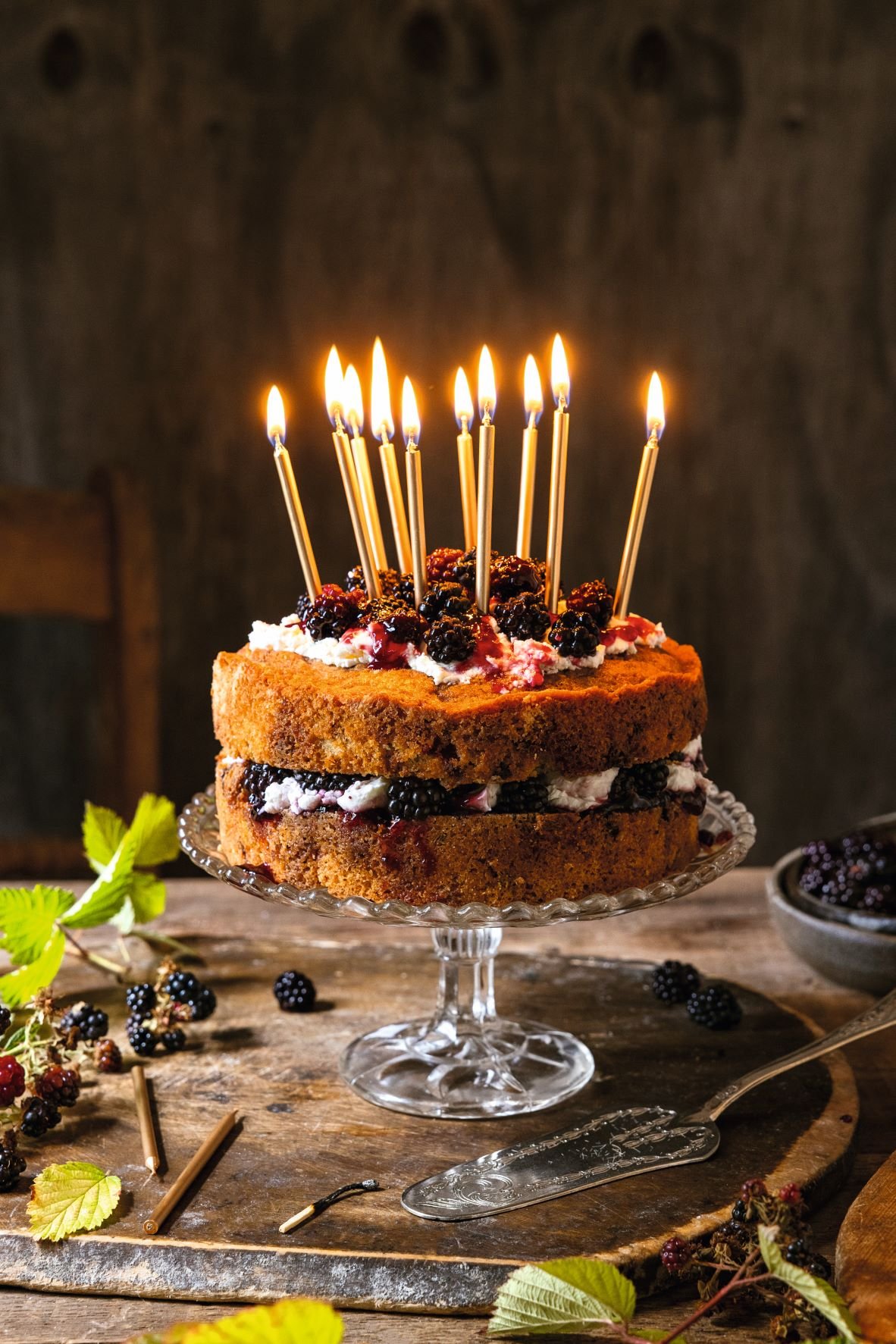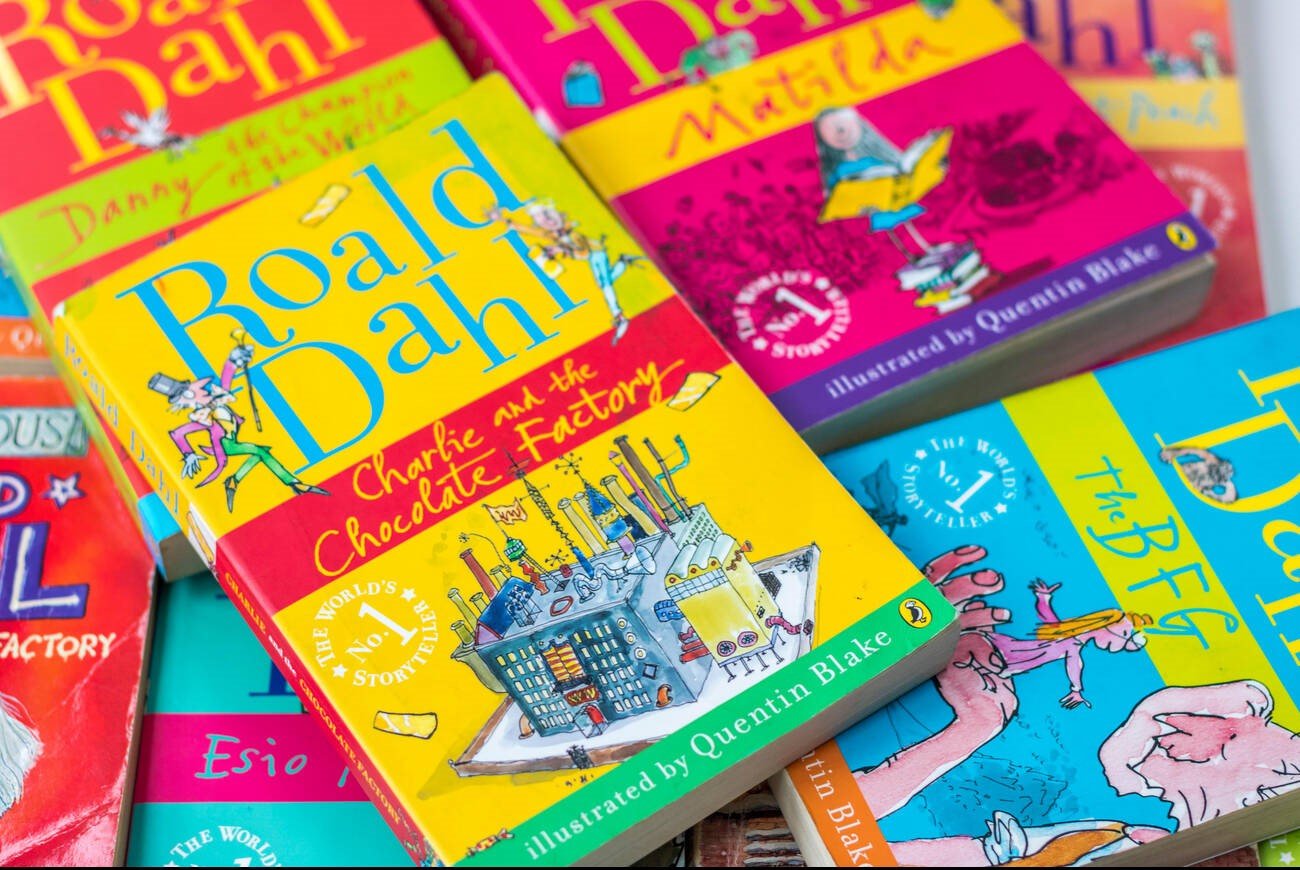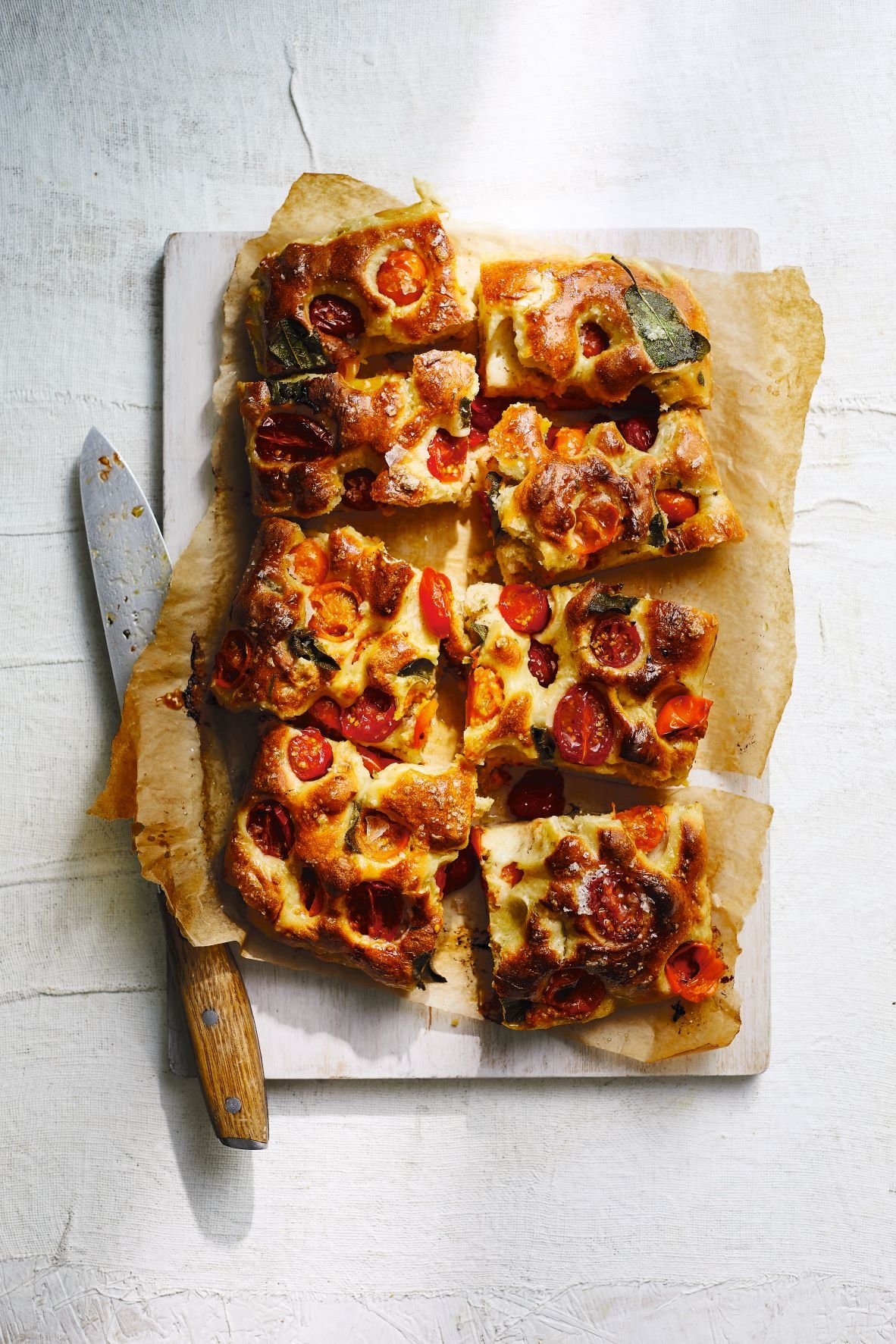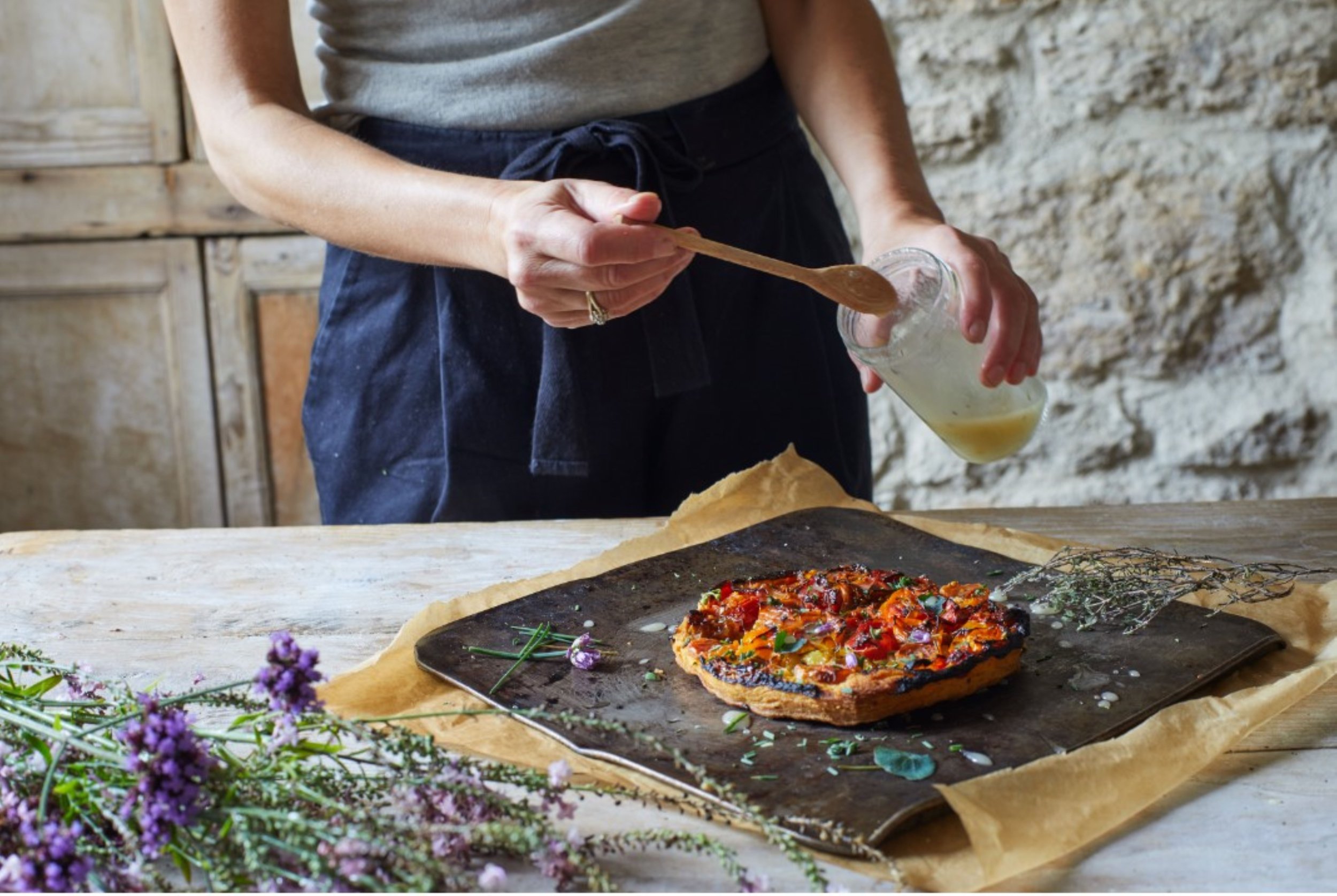Whether browsing at a market or selecting from an orchard, apple ID is essential. Here’s our field (well, orchard) guide to the best of the crop
George Cave
What George lacks in aroma he makes up for in intensity: a crisp, sharp bite gives way to a gently sweet mouthful, not overly juicy.
Grenadier
The gnarled, knobbled skin may give this cooking apple a battle-weary appearance, but beneath the rugged armour there’s a yielding, creamy flesh, ideal for sauces and chutneys.
D’arcy Spice
The ultimate coleslaw/cheeseboard apple offers firm, crisp flesh gently infused with subtle, sophisticated undertones of star anise, clove and white pepper.
Howgate Wonder
Sweet, firm and only mildly acidic, this waxy-fleshed, blushing beauty keeps well, cooks well and makes a proper pie.
James Grieve
Take a bite of this crisp, juicy beauty fresh off the tree in late July and the acidic overtones may induce a wince. Allow James to mellow until at least September, however, and he offers an altogether softer, creamier mouthful.
Chelmsford Wonder
Softish flesh reminiscent of macadamia nuts yields distinctly Chardonnay-esque flavours, sophisticated only gently acidic.
Lane’s Prince Albert
A winter-season treat, offering substantial character that brings real personality to a crumble and delivers complexity to chutney.
Margil
Widely acclaimed by apple connoisseurs for its firm, crisp bite and highly aromatic, candyfloss overtones – to cook with the Margil would be a crime.
Pam’s Delight
This red-tinged beauty is a lunchbox classic, juicy enough to quench thirst and sweet enough to curb sugar cravings.
Beauty of Bath
Blink as this one falls from the tree and you’ll miss the best bite of this soft, sensual beauty featuring pink-tinged, creamy flesh with an almost strawberry flavour.
Peasgood’s Nonsuch
This big, sturdy stalwart delivers a densely characterful flavour-punch, good teamed with cheddar cheese or cooked in a pie.
Apple Day is celebrated on 21st October but there are apple-related events all over the country this weekend. The primer above is taken from our feature, The Apples of Our Eye in our October issue, which is on sale now. It was originally published in the first ever issue of The Simple Things and we’ve reprinted it to make our 10th birthday! Because simple things like apple picking never cease to be good fun!
Buy this month's The Simple Things - buy, download or subscribe


